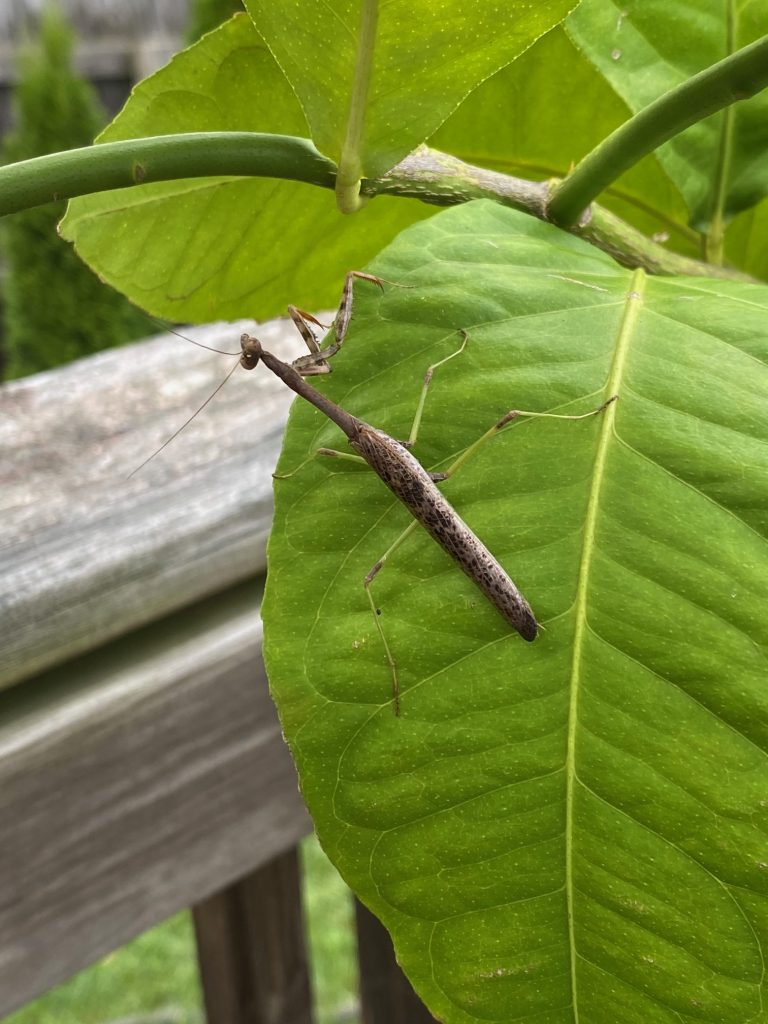
It’s finally fall! We’ve had a deliciously cool start to the season, and I’ve been spending much more time outdoors to enjoy all the colors, sounds, and scents of fall. It’s been nice to just sit on the deck and watch the golden cottonwood leaves glitter and dance in the wind.
There’s still a lot going on in the garden, and I’ve seen more birds around this week. A group of blue jays have been playing in the back yard each morning. I watched them bury peanuts from the neighbors feeders in our raised beds, and they’ve been chasing each other around the fenceposts. The warblers have returned to the yard as well, driving the cats wild as they set up camp on the deck furniture, yelling and digging through the remaining potted plants for treats.
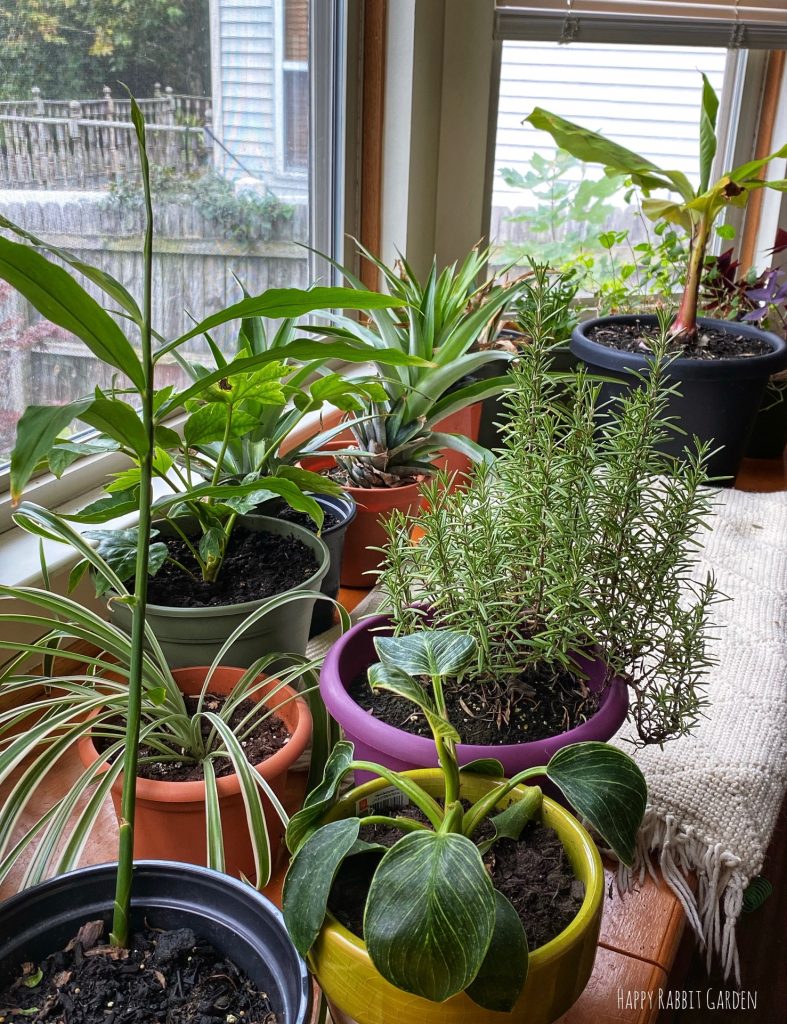
Out in the yard, I cleaned out most of the raised beds. The druzba tomatoes had caught blight, a fungus that attacks during very damp conditions and causes leaves to brown and then rot. We had a summer full of pouring rains and humidity, and the tomatoes just couldn’t cope with it. I know that next year, I’ll be excited to grow them again, but I am feeling a little salty about the tomatoes at the moment. Not that it’s their fault, but they are just so particular about their growing conditions… it’s hard to get the formula right with climate change making our weather more extreme every year. Too little, or uneven watering? They catch blossom end rot (which I dealt with last year). Too much water (which is so often out of our control), they catch blight. Ugh.
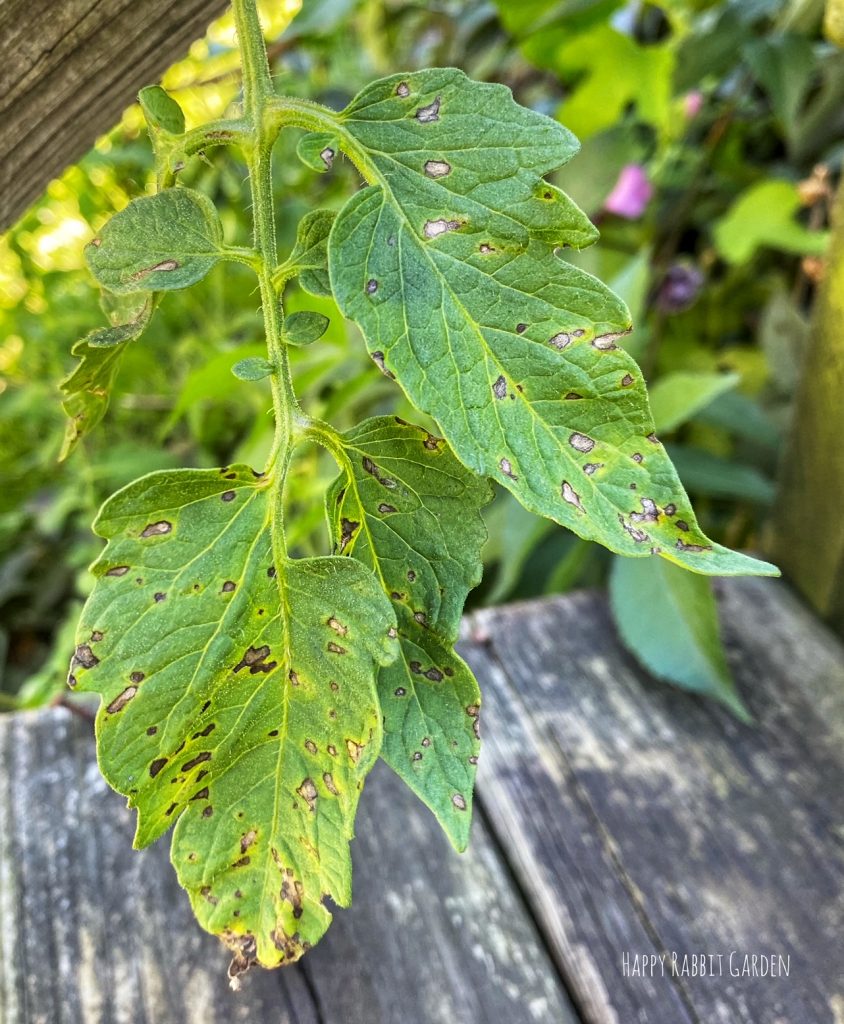
So, the blighted plants have been removed, and I made sure not to add them to the compost pile with everything else, as blight can overwinter in the soil and attack again. For the bed that was hit this year, I’ve made a note in my planner to plant something else there next year (not tomatoes), which should help the problem to disappear. We’ll see. I planted out some hairy vetch seeds in the beds. I have no expectations for them what-so-ever, but hopefully, the vetch will grow because it helps replace nutrients like nitrogen back into the soil.
I have marigolds growing next to where the tomatoes lived, and I’m letting them stay put over winter to give the birds and insects some food and housing material. I may harvest some of their seeds to grow again next year. In the final raised beds, the asparagus stays put, but I removed the bush beans. The last bed still has pole beans in it, that I’m letting dry so I can harvest the seeds to use next year. There’s still parsley growing in that bed, which is pretty tolerant of cold weather. I plan to let it stay there until next season.
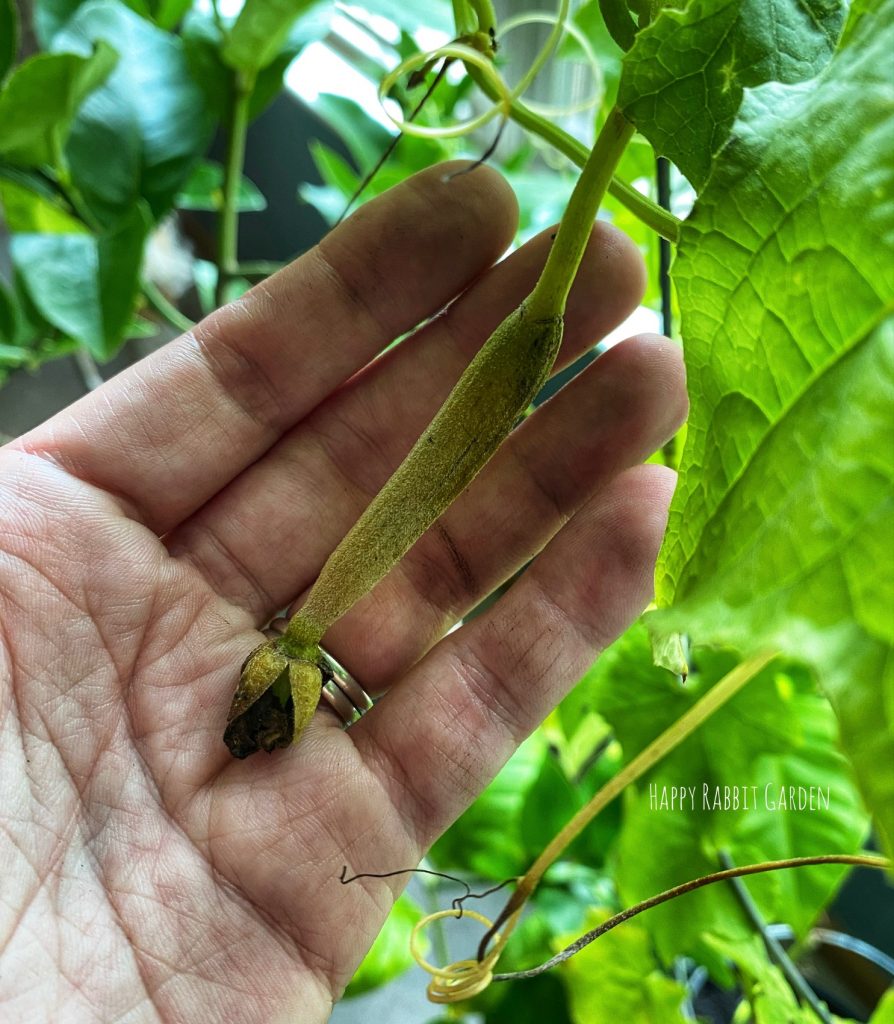
Out in the rest of the beds, I’m letting things stay as is for now. The only clean up I’ll do will be to remove the slimy hosta leaves after we get a few hard frosts. All the rest of the perennials I’ll let be until the spring, when they will be cut back to the ground to regrow. And, on the deck, I’ve brought in all the tender plants, like my pineapples. A few plants, like the dahlias and cannas, I cut back to the soil level, and brought the entire pot inside to live in the garage this winter. Plants like this will die off in the cold, but they will be protected in the garage, where it stays a bit warmer and dark. Why plants like this are fine with these conditions is something I don’t understand yet, but next spring, I’ll haul the pots back outside and watch them start growing like nothing happened.
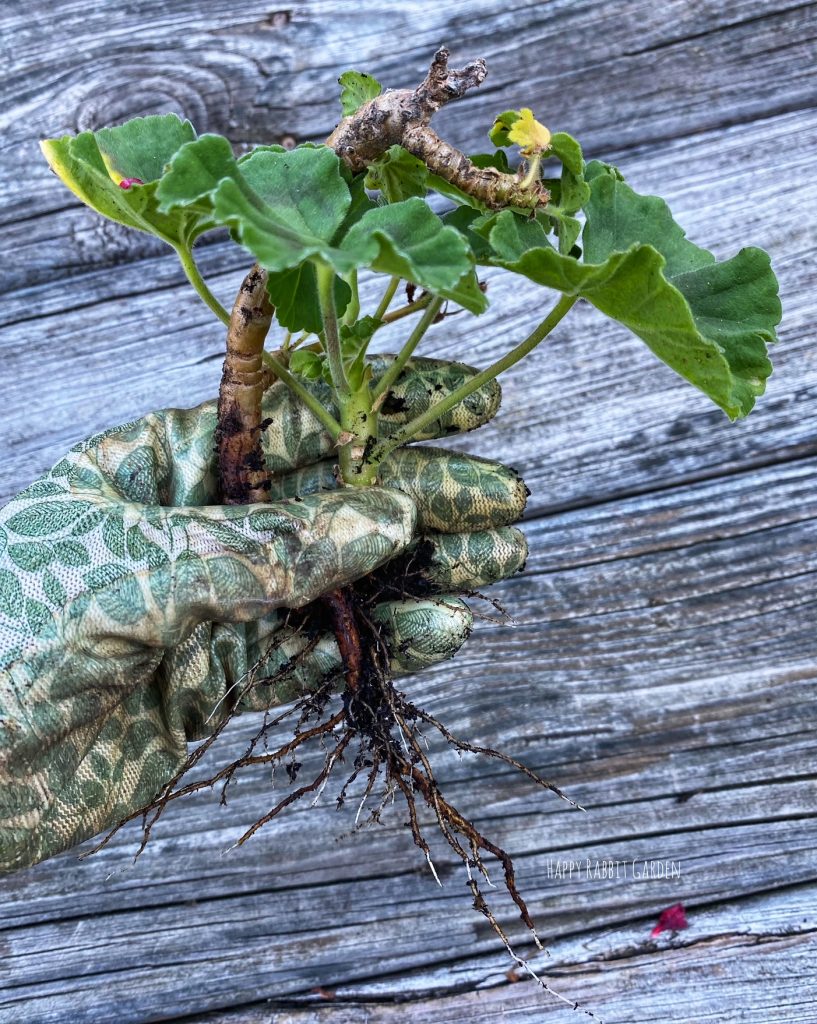
Another plant that I’m over-wintering are my geraniums. I used to bring the entire pot in each fall, but they take up a lot of room. The other night, I saw a video from gardening guru, Susan Mulvihill, of Susan’s in the Garden on a different way to overwinter the plants. She is a master gardener out in Washington, and one of my go to resources for gardening advice. Anyway, Susan explained that to save your geraniums, you can cut off all the flowers, gently remove the plants from the dirt (with leaves still on), shake as much dirt off the roots as possible, and then store them in a box with some airflow in a garage or basement. I’m putting mine in a paper bag in the basement. Check on them about once a month to make sure nothing is rotting. The plants will look like they die off, but in the spring, you’ll see leaves start growing again. Plant magic! I’m hoping this not only saves me some space in the house, but also helps these geraniums to be less leggy-looking when they grow again next spring. I’ve had them for years now and they are getting a wee bit scraggly.
That’s all I have for the week. I may do some clean up in the pond and unplug the fountain this week, but that’s really about the last of the clean up I have to do until the springtime. Now it’s just sitting back, watching the leaves change color and fall, and enjoying these sunny, cool days. Happy gardening!
